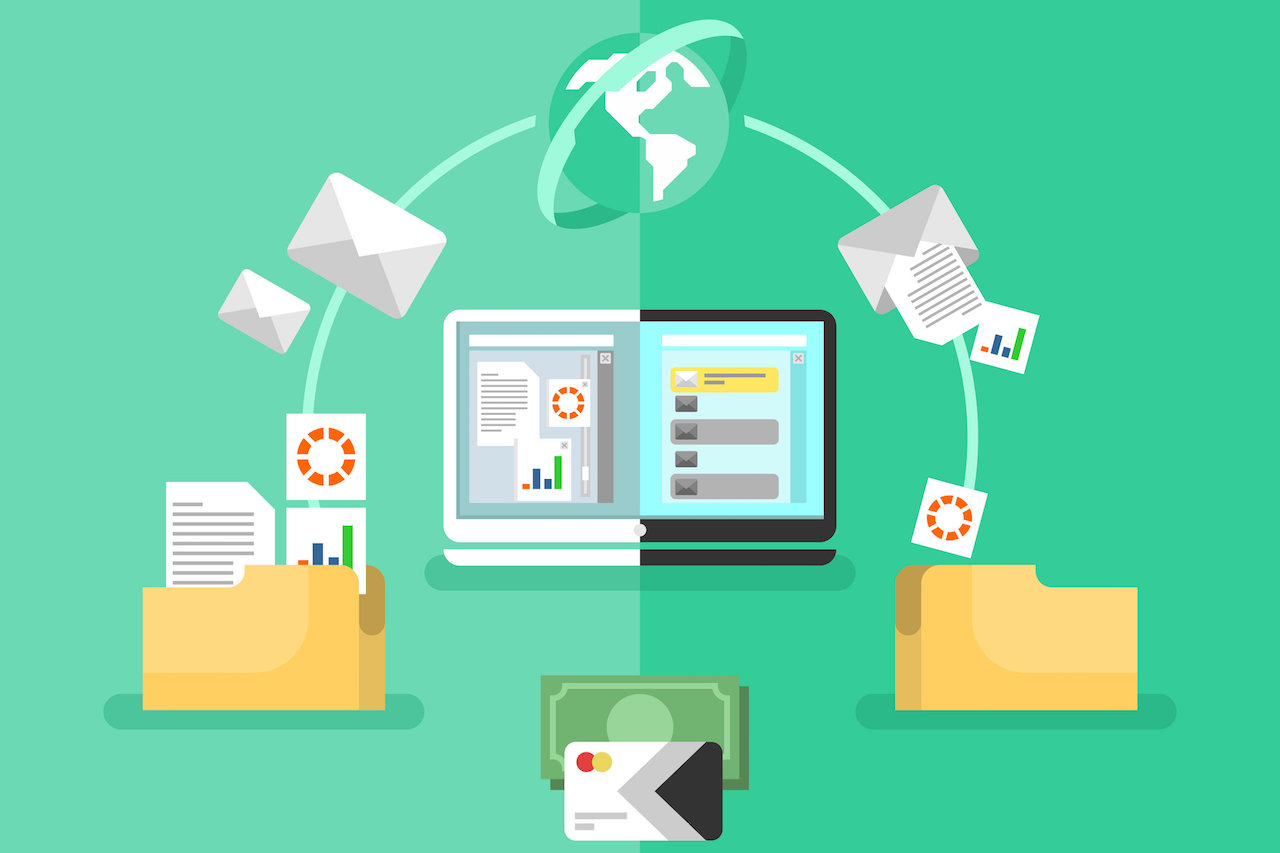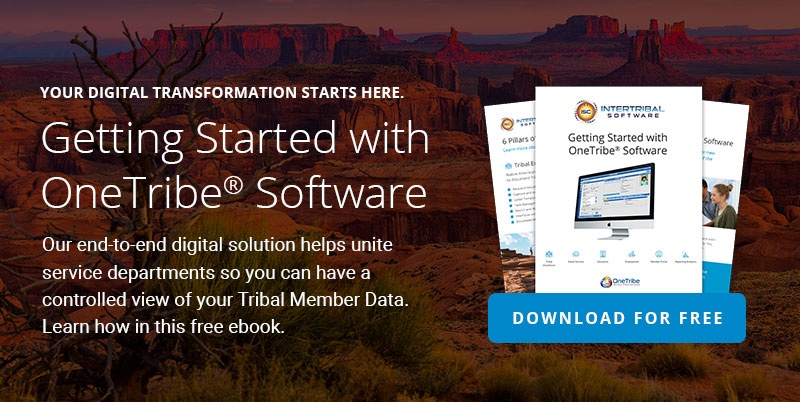
There’s no better time than now to go paperless. With “work smarter, not harder” in mind, there are many time-saving benefits that go along with a digital system. Some reasons to go paperless include an increased quality of service for all parties involved, meaning quicker, easier access to documents on-the-go as well as in the office.
Current, onsite paper filing systems are riddled with risks – security, natural disasters, and otherwise. Having a secure digital system ensures you’ll have real-time access to what matters for your tribal members.
Here are a few reasons to go paperless if you’re still hesitant:
#1: Better Quality of Service for Everyone
Most governments are weighed down by paperwork and a workforce ill-equipped to handle the volume of requests. With a paperless system, you can reduce the manpower it takes to do daily tasks – increasing the throughput of your current workforce.
For example, important documents can be accessed anytime digitally rather than caseworkers having to lug around large files – without risk of loss or damage to any stamped or personal papers that need to be preserved. This natural transition into technology gives equal access to everyone without overcomplicating things.
This goes both ways, as it also means tribal members have this same access. In fact, 72% of government leaders believe reducing paper would enable better constituent service, giving tribe members access to application status, service, and other information on demand. Updating document management is a vital step toward making your government run in an agile and efficient manner that immediately benefits everyone involved.
#2: Better 24/7 Security
One of your top reasons to go paperless is to protect important paperwork in the cloud instead of in a physical filing cabinet. Onsite facilities carry the risks of critter infestations that could affect the integrity of documents and cause damage. Storing papers are a ticking time bomb – but storing your files digitally in the cloud gives you control and peace of mind that it’s backed up automatically every day.
By extension, you also ensure critical information is always available in the event of a natural disaster like a fire or flood that have the potential to destroy documents.
With permission-based access, you’ll be able to maintain levels of security for both constituents and government officials, so any insurance claims can be processed in the cloud – with only the select people with access able to see what’s needed.
#3: Better Operational Costs
With less paper, you’ll be able to save costs now that compounds over time. That also includes paying for attributing paper supplies such as staples, printer ink, folders, and filing cabinets to house government documents as well. This reduces your carbon footprint and will help workers be more productive in the long term as well.
By minimizing the amount of files you need to have in the office, your employees will have more opportunities to be productive with the space and be collaborative.
It’s no secret paper takes up considerable space, especially as time goes on and more cases for building, childcare, schooling, and more are submitted and processed. There’ll be no need for extra storage rooms – instead, focus can be put toward helping people and thinking in a future-looking mindset.
The Cloud Brings Efficiency
Of the many reasons to go paperless, the trifecta of better service, security, and operational costs are all great cases toward a smoother, more seamlessly run tribal government. The cloud and its technology brings a higher level of productivity that ensures people work together to provide the best service to members.
If you’re interested in learning more about the power of software that can be accessed from any device with the internet, check out our guide to getting started with OneTribe™ software today.
Sign Up For Our Newsletter
Recent Posts
- Innovations in Housing: Revolutionizing Tribal Housing with Digital Tools for Management
- Empowering Tribal ICW Departments: Achieve ICWA Compliance and Certification Success with OneTribe® Software
- OneTribe CCA - Your Child Care Data Tracker Replacement Solution
- Transform Your Tribal Member Services With Integrated Software Solutions
- Intertribal Software Raises Strategic Investment
Categories
- OneTribe Software
- digital transformation
- tribal government software
- Laserfiche ECM
- Intertribal Software Consultants
- Childcare Assistance
- Housing Management
- Intertribal Software
- tribal member management
- AFCARS Data Collection
- Child Care Data Tracker
- Child Welfare
- Housing
- ICWA
- ICWA Compliance
- Indian Child Welfare Act
- OneTribe Platform
- Title IV-E Certification
- Tribal Data Tracker
- Tribal Family Services
- Tribal Housing
- Tribal ICWA Software

















